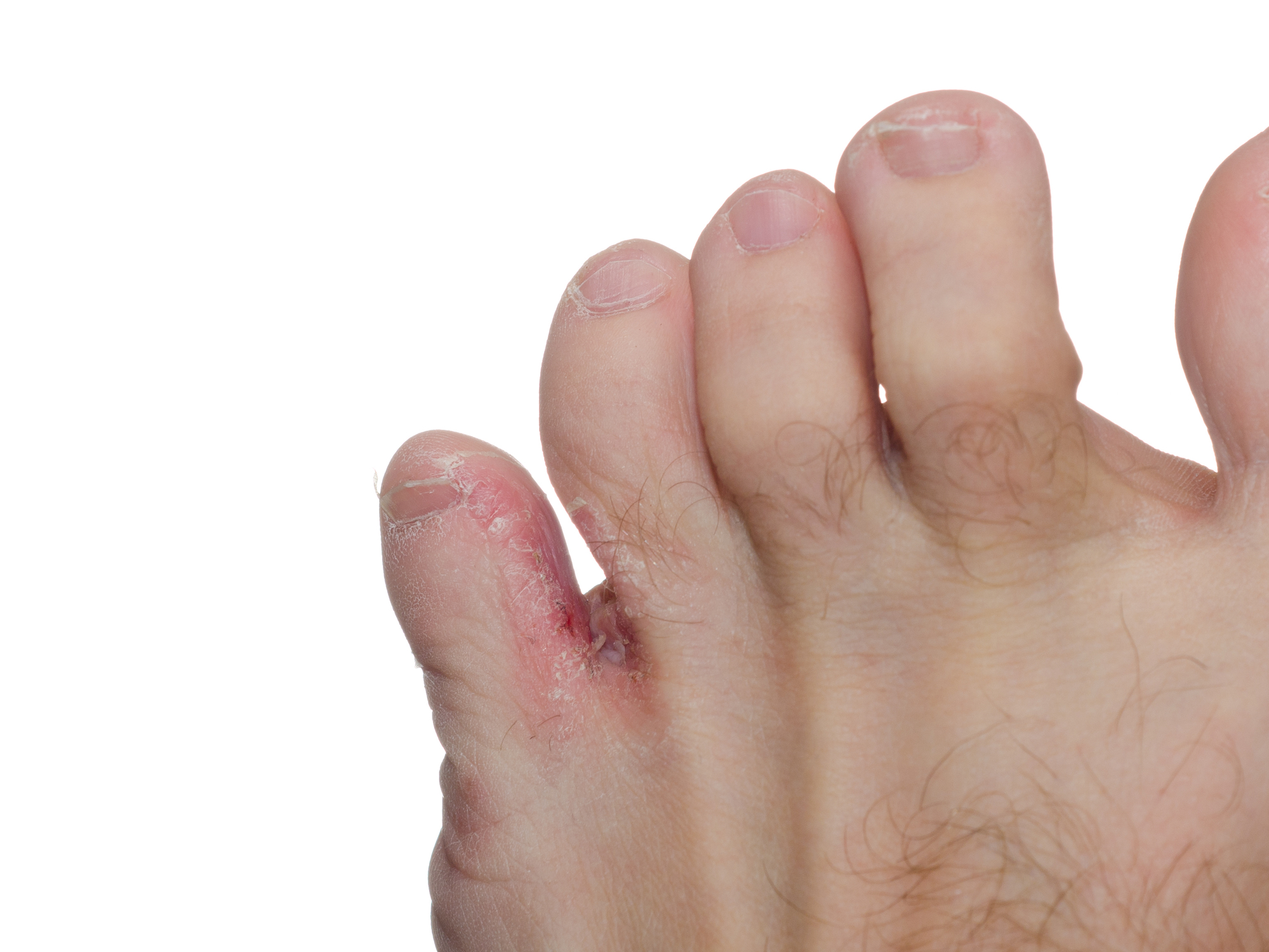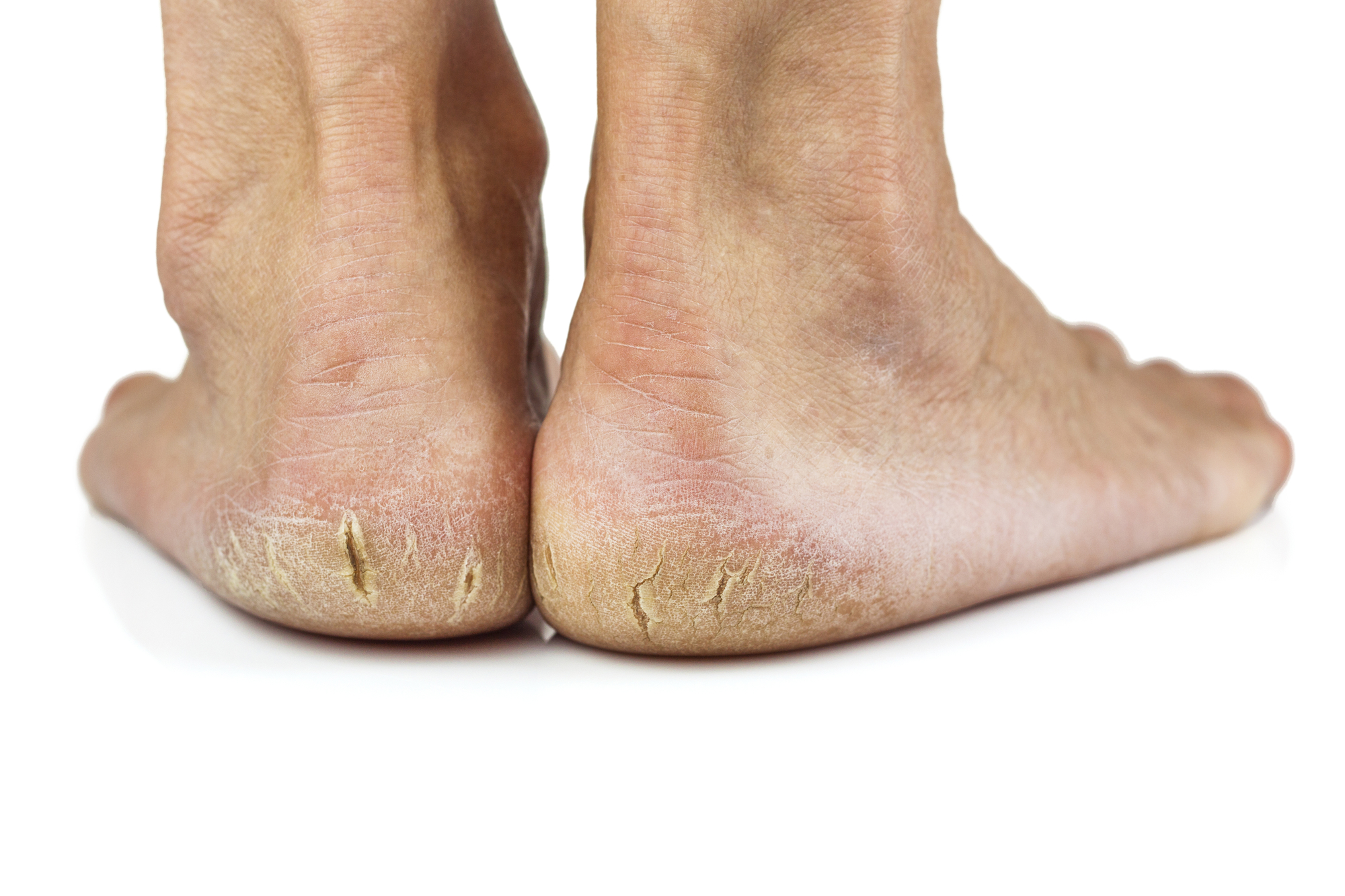Erythromelalgia is a rare vascular condition of the skin that has episodes of intense burning pain, red skin and raised skin temperature that affects the feet and the hands. It is sometimes called Mitchell’s disease.
Characteristics of Erythromelalgia
Erythromelalgia tends to occur in ‘attacks’ or flareups of intense pain, redness and swelling that can be quite disabling. The feet feel hot. The attacks usually start with a mild itch, but rapidly progress. This attack usually follow a trigger and can last from minutes to days.

The foot (or hand) becomes warmer, can be tender to touch and swollen. It can take on a reddish appearance and sometimes a more mottled color.
Some conditions appear similar and they need to be ruled out as part of the diagnosis. These include: other chronic pain problems such as regional complex pain syndromes, chilblains, Raynaud phenomenon, and burning feet syndrome.
Causes of Erythromelalgia
The cause of erythromelalgia is largely unknown. The condition is initiated by one of a number of trigger events, such as warmer climate, physical activity, hot drinks, alcohol and eating spicy foods.
There are two types of erythromelalgia:
Primary: affects younger individuals and it is most probably caused by a inherited genetic trait which make nerve cells more active.
Secondary: tends to effect older people and results from an underlying condition for example diabetes, rheumatoid arthritis, some blood problems as well as a side affect to specific drug treatments.
Treatment of Erythromelalgia
This is often unsatisfactory and challenging. The most important is the avoidance of the triggers of an attack such as the hot drinks or spicy foods. Different people will have different triggers.
Some relief can be gained by elevating the affected leg; immersing the feet in cold water; and using cool packs (not ice as that may worsen it).
There are a range of drugs that can be used and it appears that there is not one drug that helps everyone and each drug will help some. These drugs include: NSAIDs (do not help many), sodium channel blockers (eg lidocaine), anticonvulsants (eg gabapentin), topical drugs (eg capsaicin or ketamine cream) may help some.
A sympathetic nerve block or a surgical sympathectomy may be tried in those most severe cases, however, the results of this have been mixed.
Consultation with a pain management specialist is important and so are psychologists who can help with mind-body therapies that helps with the coping of the condition.
Forum Discussions on Erythromelalgia
Personal Opinion on Erythromelalgia
This is a tough one to manage. The people I have seen with this are in lot of pain. They have typically been through a number of different approaches to the treatment to find the one that has the most effect of them. What is really effective or one is next to useless for the next person, so it takes a while for most to them to settle on a treatment for the pain of erythromelalgia. Pain management experts and clinical psychologists are worth their weight in gold for help in managing this condition. Fortunately, there are new drugs being trialed.
Author:
University lecturer, runner, cynic, researcher, skeptic, forum admin, woo basher, clinician, rabble-rouser, blogger, dad.



